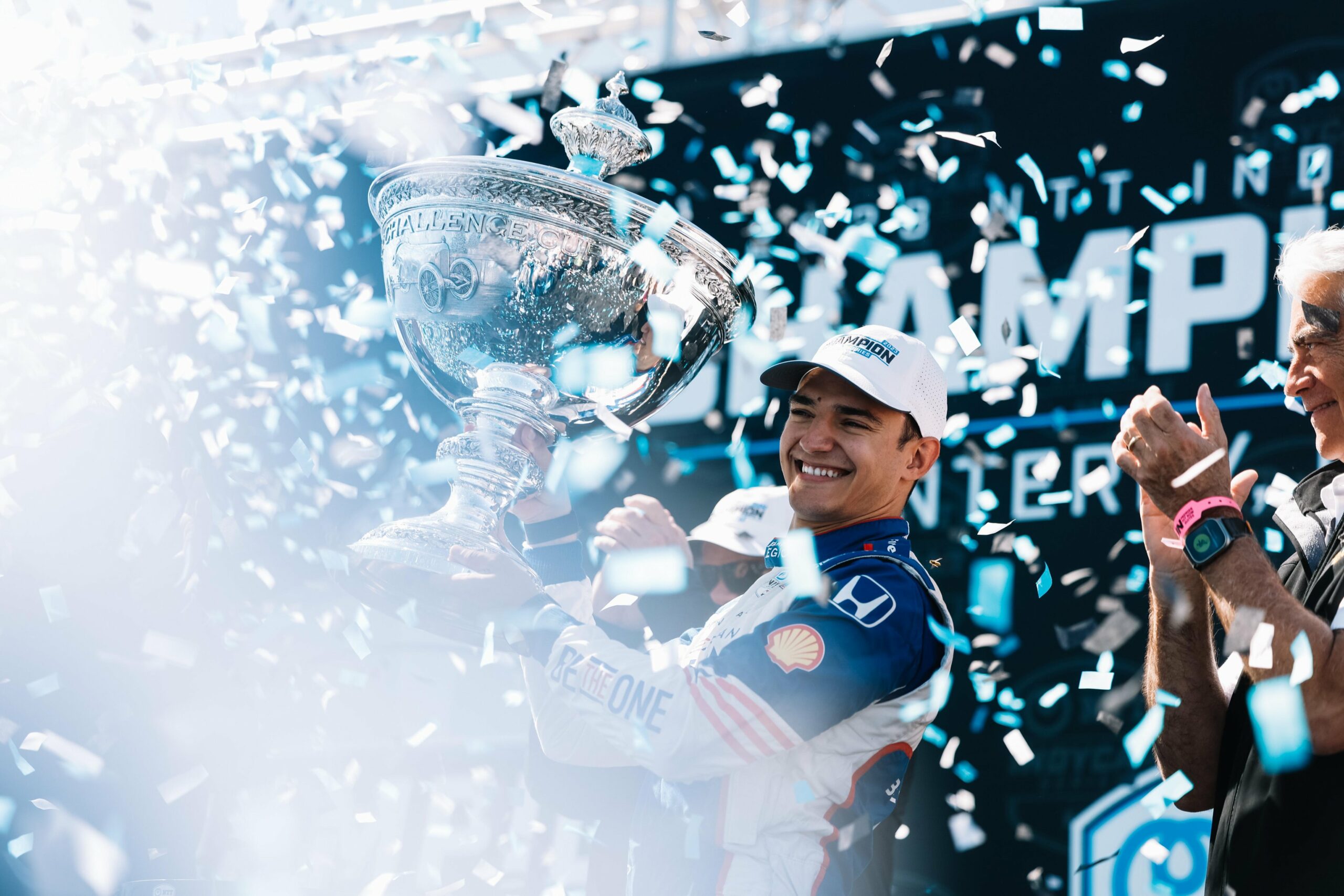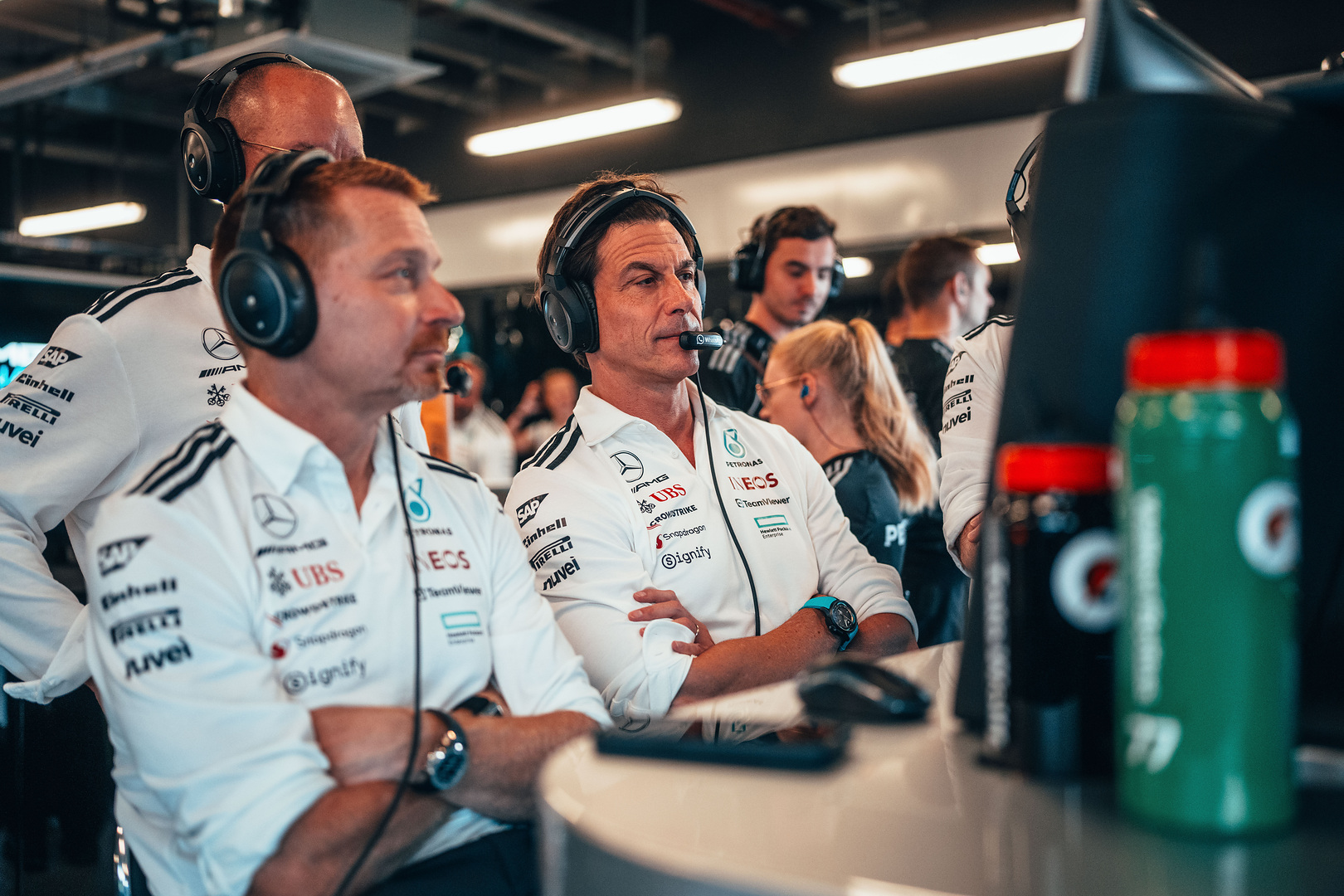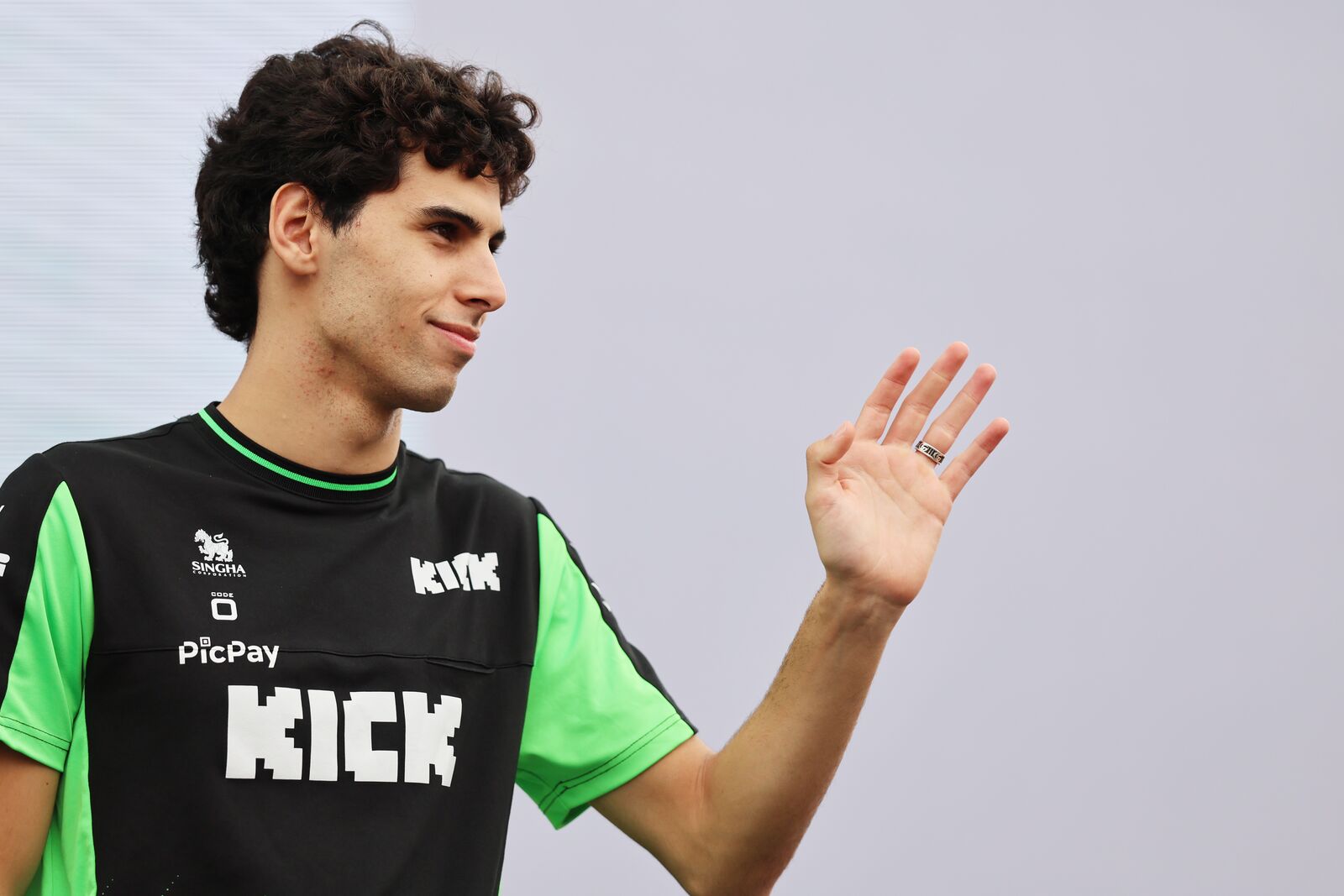Honda is unsure about its plans for the future and whether the company will stay in IndyCar beyond 2026.
The Japanese manufacturer supplies five of the series’ teams with 2.2 litre v6 twin-turbo engines and has its doubts over the rising costs with the hybrid scheduled to arrive in mid-2024.
The owner and CEO of Chip Ganassi Racing, Chip Ganassi, said Honda’s revelation caught his attention when speaking on a media call on Tuesday, and he hasn’t spoken with the Japanese company in recent times.
“I heard those same comments that we all read. I really haven’t caught up with Honda lately, haven’t caught up with them yet to discuss what exactly they mean and where they’re headed.
“I think it certainly got our attention. It’s something we have to keep a close eye on.”
Honda has supplied its v6 engines in IndyCar since 2012 and powered Alex Palou to both his titles in 2021 and 2023.

Photo Credit: Chip Ganassi Racing
“We have great concerns over the costs,” American Honda Motorsports Manager Chuck Schifsky told RACER. “If we were to choose not to renew, that would be the reason why.
“And it’s easy to see. We don’t have a third manufacturer, and there’s a reason for that: It has to do with the cost. If the return on investment matched up with the investment, we’d have a number of other manufacturers involved.
“We’re looking for a wholesale change to the engine regulations so that we can eliminate fives and tens of millions of dollars of annual technical costs,” Schifsky said. “Because if we don’t, then it’s too much money, and we will go do something else.
“That something else could be NASCAR, or a further investment in our Formula 1 effort. Or something that isn’t motorsports at all.”
Penske Entertainment CEO Mark Miles said that a third manufacturer alongside Honda and Chevrolet will ease the financial burden as they will be required to supply fewer engines to the grid.
“If you have to supply fewer engines and teams, it’s going to cost you less. It’s not a new priority. It’s something which is important that we’re working on, but feel like there’s opportunities there with the hybrid launch.
“Other than that, I think we are constantly working to manage costs. And yet, I think we’re reluctant to do anything that would dumb down the racing. So I think that the best positive way forward is to find that third OEM.”
Multiple level motorsport championships have adopted hybrid technology including Formula 1 and the World Endurance Championship.
IndyCar’s hybrid power unit has suffered a difficult birth and is likely to be pushed back until after next year’s Indy 500.
Schifsky suggested that a good way to lessen the costs of the engines is to reduce the development of the incoming hybrid components.
“I think there are several areas where you could save money,” Schifsky told RACER. “The biggest way that you could do that is to take a page out of the development of the hybrid system.
“So the hybrid system, once it’s up and developed and in the cars, and you’ve worked out all the bugs, and it debuts, the bulk of that development cost is finished. Everybody’s using the same part.
“You can’t mess with it. Teams can’t take it to their super-specialized dynos to trick out their supercapacitor packs or any of that.
“And so one could look at that and say that we should probably do the same thing with the ICE, where it’s a spec engine; everybody runs the same engine. Ilmor could build it.”





